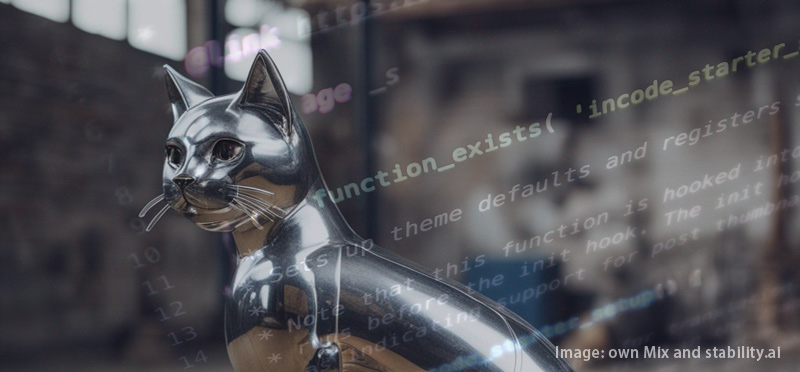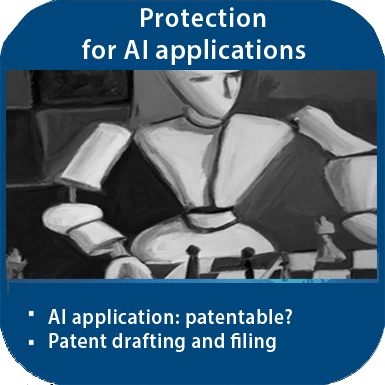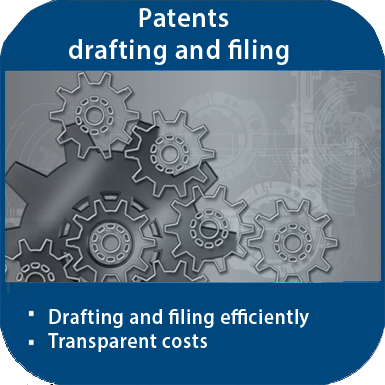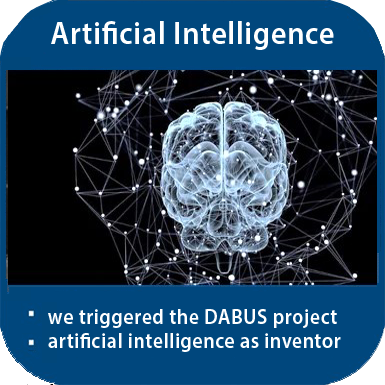Machine learning - technical with regard to G 1/19?

Is a method with a learning phase by machine learning to be seen as technical, especially with regard to G 1/19 and indirect measurement?
This interesting question was heard in appeal proceedings T 2803/18 before the European Patent Office, which concerned wet events, processing of sensor signals and cluster analysis.
The facts
The appellant (Ontex BVBA (Belgium)) appealed against the Opposition Division's interlocutory decision of 17 September 2018, in which the Opposition Division had found that European Patent No. 2 582 341 "Method for analysing events from sensor data by optimisation" of Fred Bergman Healthcare Pty Ltd (Australia), as amended, complied with the requirements of the EPC.
According to claim 1, the patent application describes a method using sensors and machine learning in relation to the wetness content of nappies. There was a discussion before the board about the inventive step and whether the method known from D2 would be considered obvious with common general knowledge.
The present method is distinguished from D2 by two distinguishing features, namely a "plurality of wetness events" and the machine learning phase, characterised by "method step (iv)".
The first feature, the plurality of wetness events, was rejected by the Board of Appeal as a distinguishing feature - with reference to common sense. Although passages in D2 describe the singular form "a wetness event", this makes no sense at all to a person skilled in the art, the Board of Appeal explained. If every single wet event caused the reception and processing of sensor data to be stopped, this would happen even with the smallest amount of wetness. In practice, this makes no sense, because you don't want to change your nappy for just a few drops.
The only distinguishing feature is therefore the learning phase through machine learning, marked by " step (iv)".
Machine learning to be seen as technical?
It was undisputed between the parties that the distinguishing feature "step (iv)" essentially defines the following process steps:
- Comparison of vectors with representative vectors of clusters.
- Determination of the most similar
- Assignment of the vector to a cluster, based on a mathematical model.
However, the question was whether the learning phase as machine learning as described in "step (iv)" contributed to a technical effect and should therefore be taken into account in the inventive step.
The parties put forward the following arguments:
The appellant argued that this distinguishing feature of claim 1 referred to a mathematical method which was not a technical feature. Clustering was part of the common knowledge.
The respondent in turn argued that the present method qualified as an indirect measurement - provided for by the Enlarged Board of Appeal in No. 99 of the grounds of G 1/19 - and therefore contributed to the technical effect.
Claim 1 was directed to an indirect measurement or at least to an accurate estimate of the wetness volume. And no prior art documented the use of cluster analysis in the field of detecting wetness in absorbent articles.
The parties and the EPO agreed - after the oral hearing - on the objective technical problem: this was to provide an alternative method for processing sensor signals representing wetness events in an absorbent article.
Machine learning directed towards indirect measurement?
The (more or less accurate) estimation of the volume of exudate collected in an absorbent product in a variety of wetness events could be regarded as a technical effect to which the step (iv) further contributed. So far, the board agreed with the respondent.
However, no technical effect was achieved beyond the normal operation of a processor to process the sensor signals. Ultimately, claim 1 referred only to the processing and analysis of sensor signals received from a sensor, the board said. The increased accuracy of the estimation claimed by the respondent was not substantiated because it depended on many factors such as the size of the training sets and the number and type of elements/variables of which the representative vectors consisted. However, these were not defined in the patent application.
Clustering was part of the common knowledge, the board added. The respondent's argument that no prior art documented the use of cluster analysis in the field of detecting wetness in absorbent articles was not convincing, as the method was part of the general knowledge of skilled persons in this field, according to the board.
Indirect measurement according to No. 99 of the grounds of G 1/19?
Whether the process in the present case qualified as an indirect measurement provided for by the Enlarged Board of Appeal in No. 99 of the grounds of G 1/19 could remain undecided here, the board concluded. For irrespective of whether the processing method according to claim 1 could be regarded as involving a technical effect, the subject-matter of claim 1 was not based on an inventive step in view of the obvious combination of the method known from D2 with general technical knowledge.
Finally, the board elaborated its considerations on the technical effect of control by volume determination. The determination of the volume of a single or several successive wet events did not have a technical effect in the sense that the volume thus determined necessarily influenced the control of any component of the system or implied a change in the functioning of the system.
Ultimately, therefore, it is the normal physical interaction between the program (here the method for processing sensor signals representing a wetness event) and the computer (processor) on which the processing algorithm based on the (optimal) mathematical model is executed.
In the absence of a set of claims meeting the requirements of the EPC, the patent must be revoked (Article 101(3)(b) EPC), the Board of Appeal ruled and annulled the contested decision (T 2803/18).
Do you have any questions about a computer-involved invention or an invention involving the use of machine learning or AI? Our patent law firm K÷llner & Partner offers a highly qualified team and a lot of expertise.
Feel free to contact us without obligation by phone at +49 69 69 59 60-0 or please send us an email info@kollner.eu.







